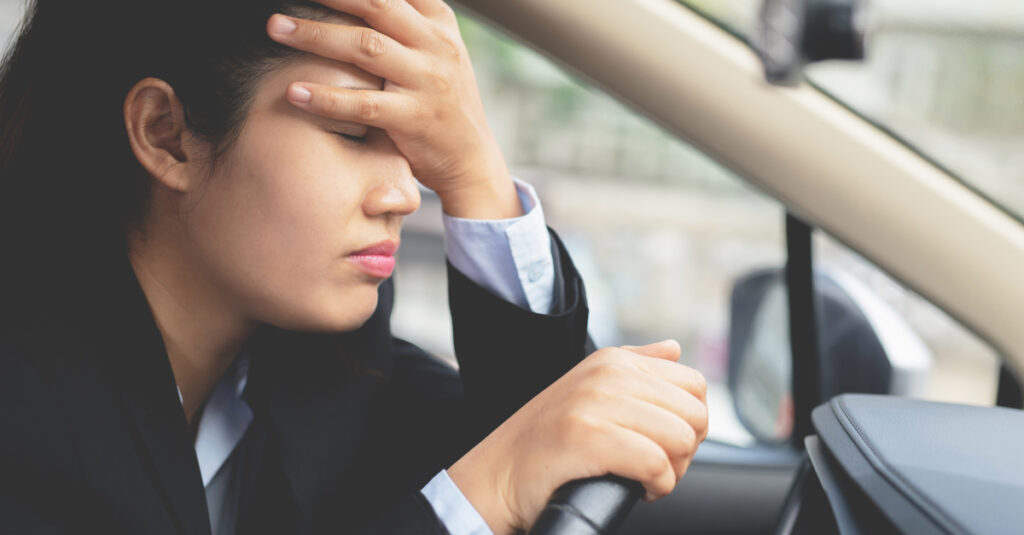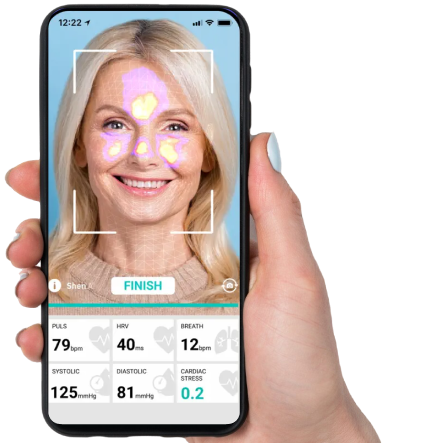Some people may find that driving helps to reduce stress and relax. However, driving can also be a source of stress and anxiety in other situations. Driving can affect blood pressure in a number of ways. If you are driving in heavy traffic or in a stressful situation, it may cause your blood pressure to rise. If you are driving on a scenic route, it may have a lowering effect on your blood pressure. Multiple studies were conducted to understand links between driving and blood pressure.
Relevant research
Traffic congestion
“Traffic congestion and blood pressure elevation: A comparative cross-sectional study in Lebanon” by the American University in Beirut. Researchers found that higher average systolic (142 vs 123 mm Hg) and diastolic (87 vs 78 mm Hg) blood pressures were detected among drivers. These drivers were exposed to traffic congestion compared with those who were not exposed. Among persons exposed to traffic congestion, longer exposure time was associated with higher systolic and diastolic blood pressures
Stress
“The acute physiological stress response to driving: A systematic review” by the University of Sydney. Researchers conclude that driving for long hours elicits a stress response over an extended period of time. Chronic or repeated exposure to acute stressors is associated with elevated blood pressure. In turn, it increases the risk of cardiovascular diseases.
Pollution
“Effect of Reducing Ambient Traffic-Related Air Pollution on Blood Pressure” by the Tufts University. Researchers found that exposure to traffic-related air pollution (TRAP) may contribute to increased prevalence of hypertension and elevated blood pressure for drivers and residents of near-highway neighborhoods. The primary outcome was the change in systolic blood pressure from 20 minutes from the start of exposure. The systolic blood pressure increased with exposure duration, and the amount of increase was related to the magnitude of exposure. The mean change in systolic blood pressure was 0.6 mm Hg for low exposure, 1.3 mm Hg for medium exposure, and 2.8 mm Hg for high exposure. There were no statistically significant differences in the secondary outcomes, diastolic blood pressure or heart rate. Reducing indoor and in-car concentrations of TRAP was effective in preventing acute increases in systolic blood pressure.
Noice
“Exposure to road traffic and railway noise and associations with blood pressure and self-reported hypertension: a cohort study” by the Danish Cancer Society. Researchers found a 0.26 mm Hg higher systolic blood pressure per 10 dB(A) increase in 1-year mean road traffic noise levels, with stronger associations in men and older participants. Road traffic noise was not associated with diastolic blood pressure or hypertension.
“Road traffic noise and hypertension: results from a cross-sectional public health survey in southern Sweden” published in Environmental Health. The study supports an association between road traffic noise at high average levels and self-reported hypertension in middle-aged. This effect was also indicated among younger adults but not among elderly. No apparent effect modification by gender, country of origin, disturbed sleep or strained economy was noted.
Information for professional drivers
You should be able to drive a car for personal use even if you have high blood pressure. In many countries around the world, professional drivers face important considerations. Driving a bus or large truck or bus requires higher medical standards than driving a car or motorcycle. If you drive for a living, it is more likely that you will spend more time behind the wheel.
Drivers of commercial motor vehicles are more likely than those in other professions to develop hypertension. Ageing, obesity, and decline in physical activity may contribute to an increase in hypertension with age.
When your medication causes side-effects that may affect your ability to drive, you must tell the traffic authorities. You may be unable to drive if you feel dizzy from taking beta-blockers. You will need to find another medicine with your doctor’s help.
One should not drive a bus or a lorry if your resting blood pressure is consistently 180mmHg systolic (top or maximum number) or more, and/or 100mmHg diastolic (bottom or minimum number). You can re-license once your blood pressure is lowered and under control.






